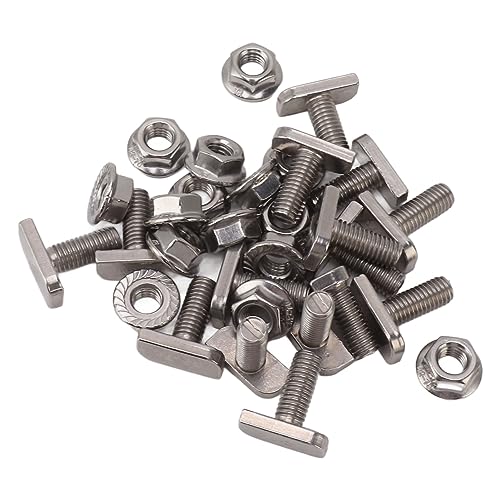thats what I thought,Steps,
IF you are taking an Ra measurement, then the incoming supply has nothing to do with the measurement if you are using an electrode resistance tester.
It's supplied from it's own supply and the Ra measurement to the rod can be taken even before the DNO supply is provided.
Hence the DNO Tx has nothing to do with the Ra measurement.
The Spheres of influence bit, is to do with the voltage gradient etc. in the event of a fault on the HV or LV DNO network.
but it seems that Mr Skelton seems that the star point and the impedance has some bearing on this,
I just got confused between him intermixing the resistance of the ground with the impedance of the supply,
in his instance how would you measure the Ra for [say] a large industrial/commercial building before the supply is available.?
is it even possible?
is Damian saying that once I measure the Ra it will change once the DNO install their substation.?
































































